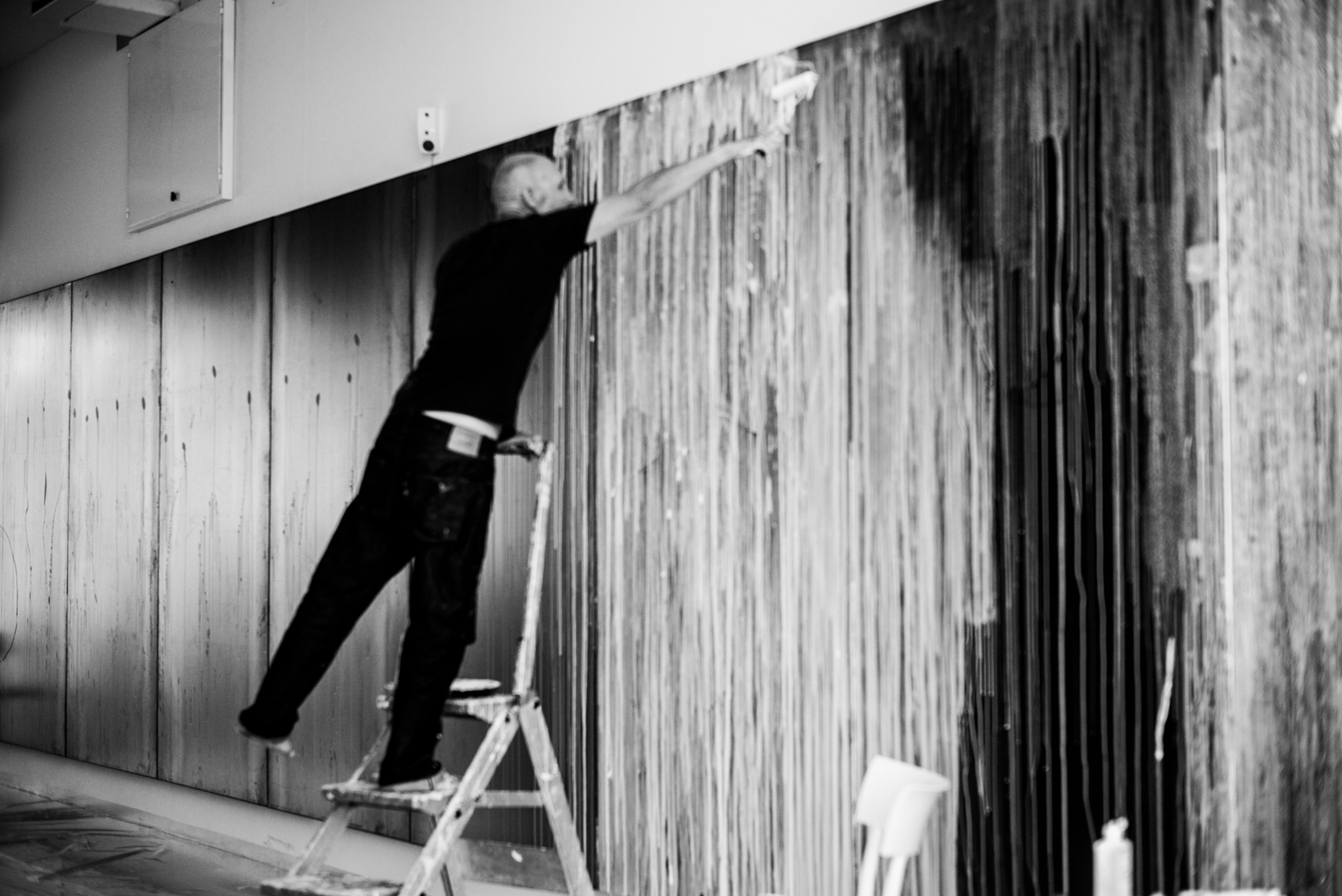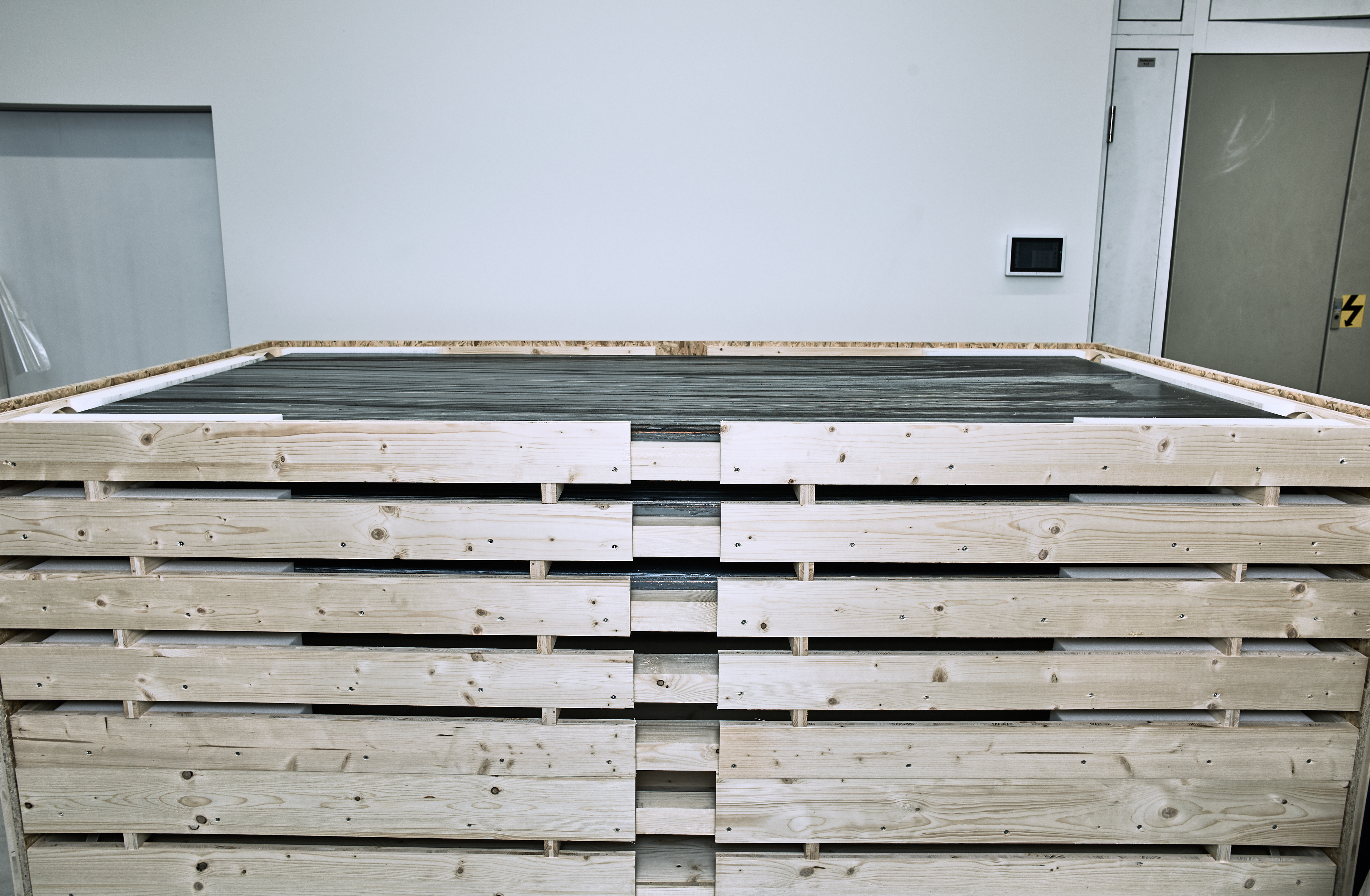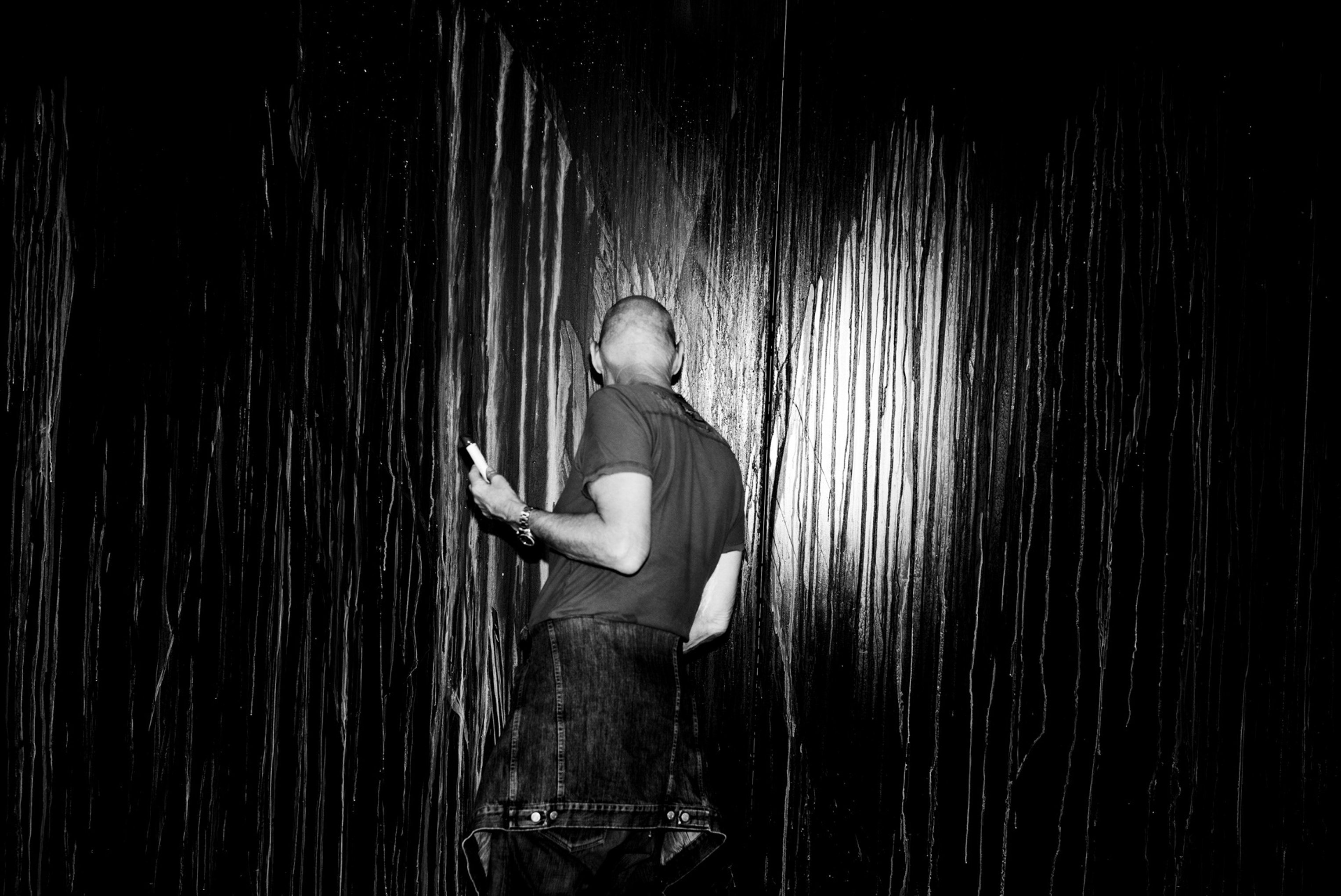Light IV
Dirimart, Istanbul
21 November
-
22 December 2019
Dirimart, Istanbul
21 November
-
22 December 2019
Glacier Terminus
(installation)
2019
Installation, 21 elements,
each 246 x 121 x 7.5 cm
ink, pigment, acrylic on iron metal panel
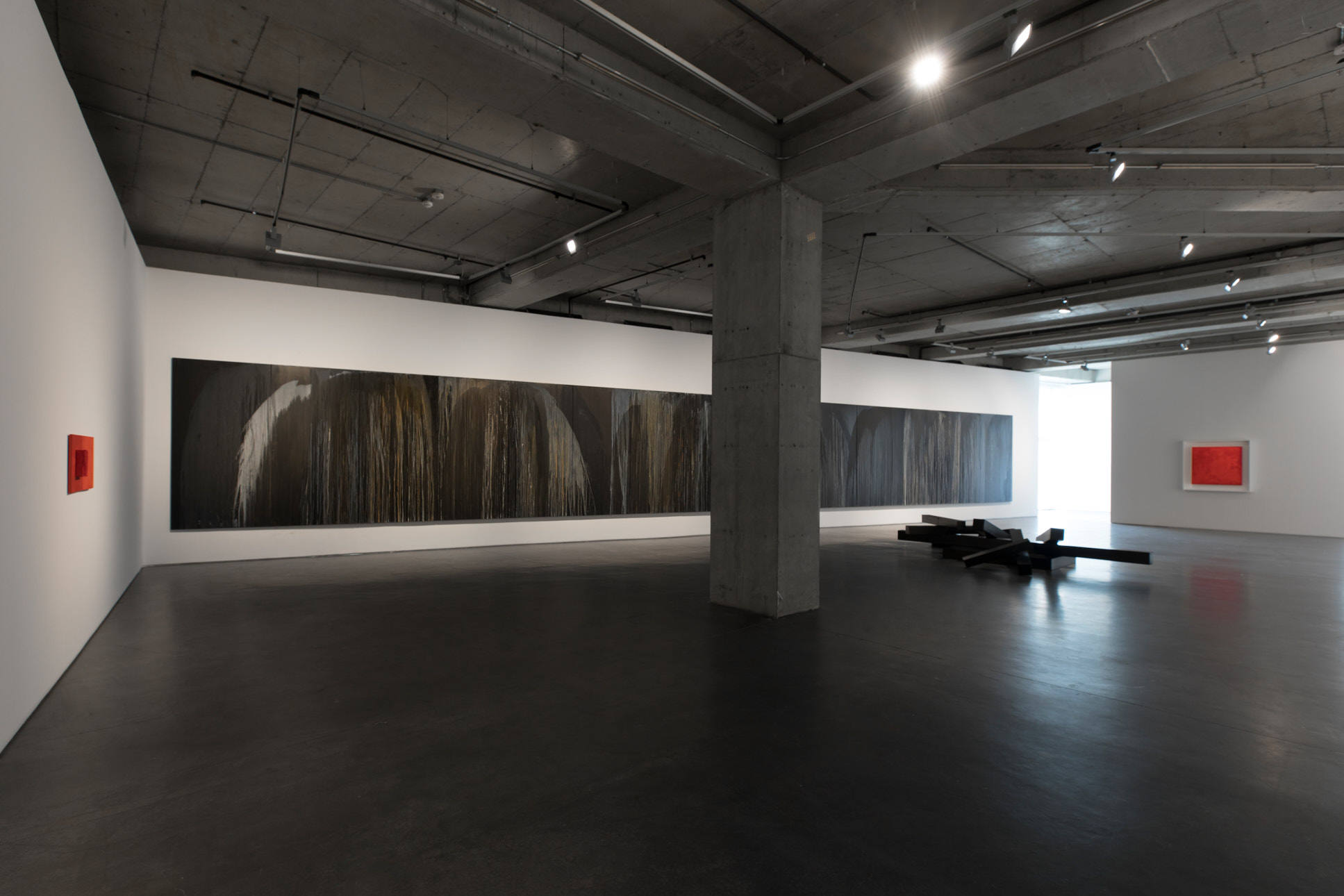
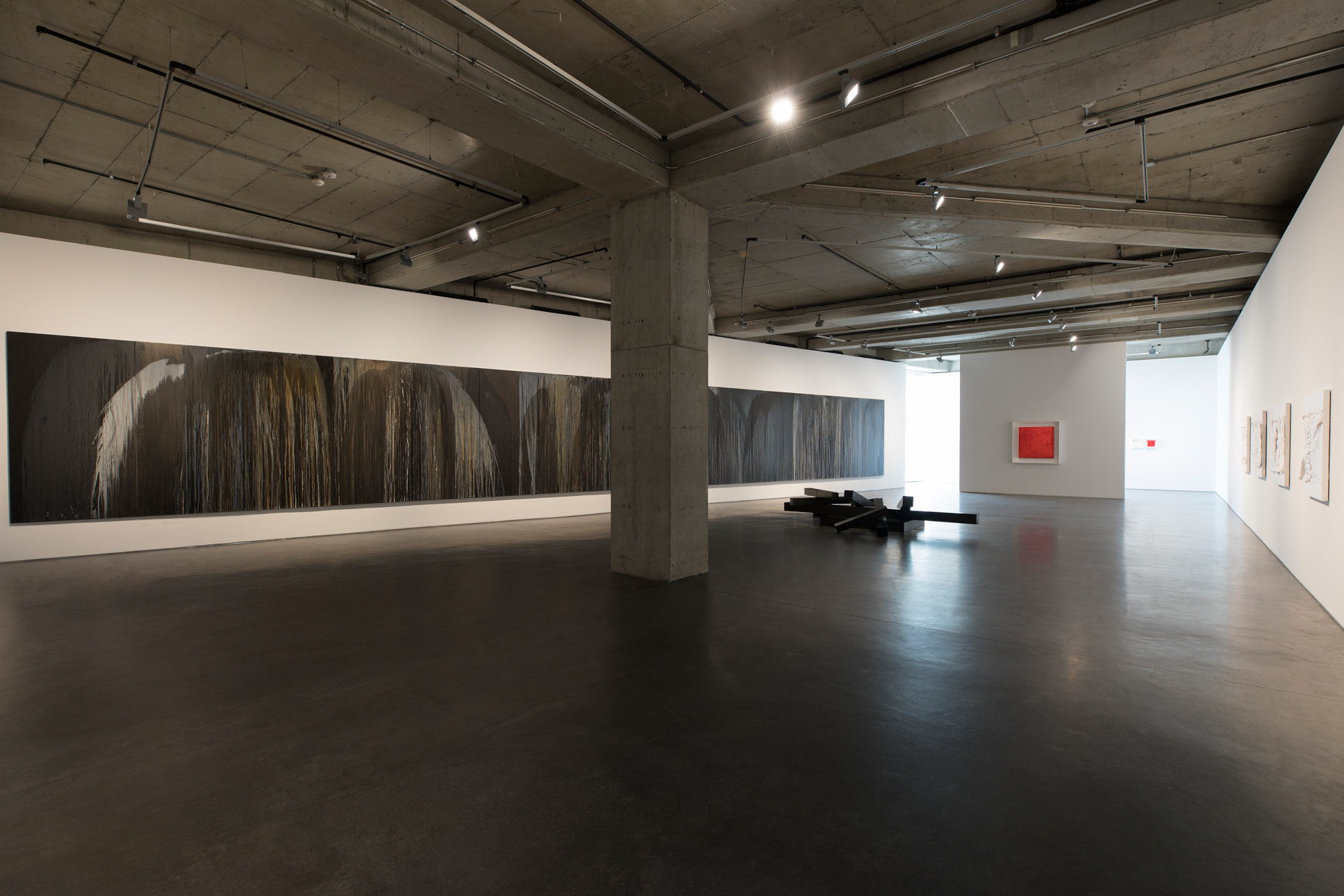
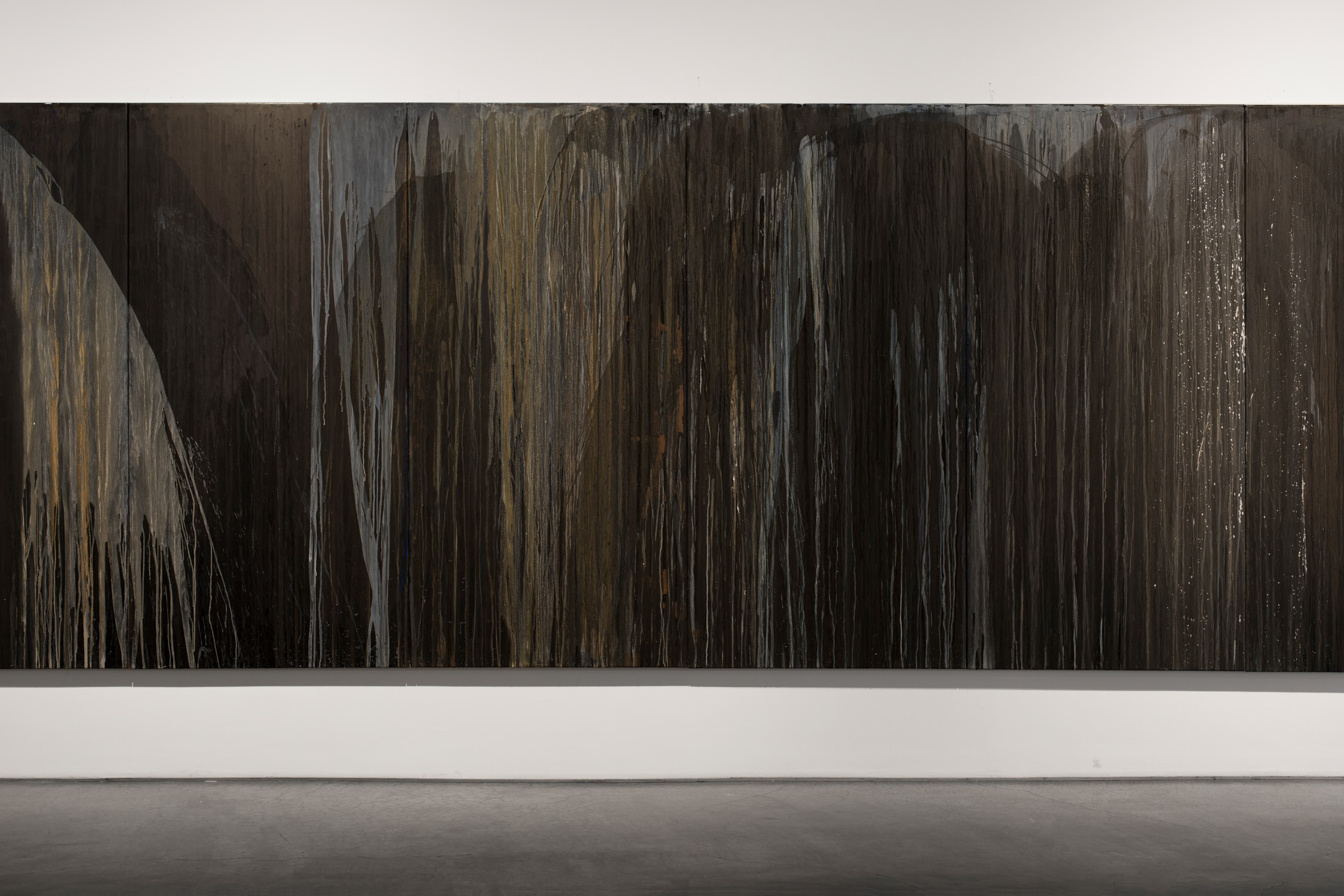


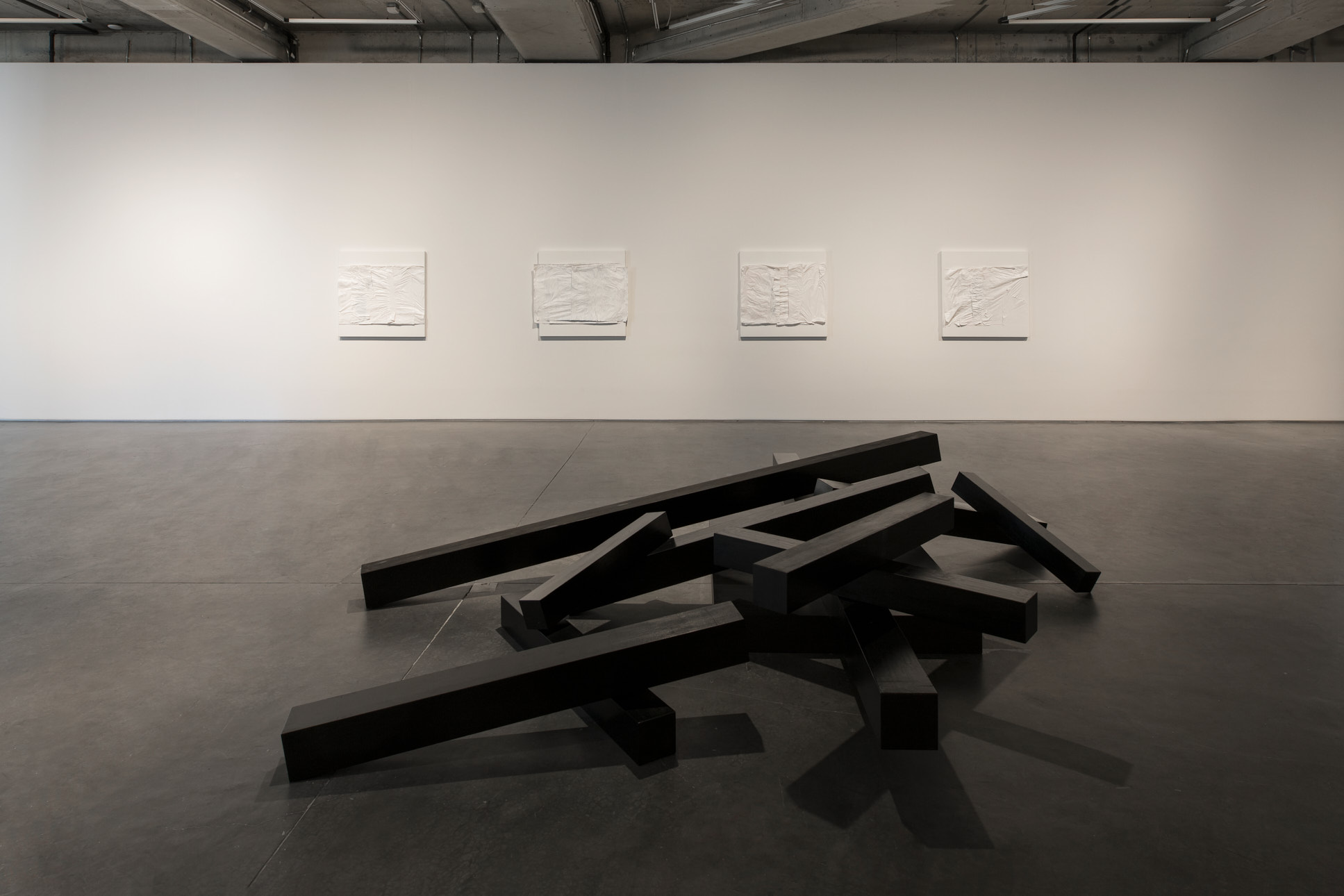

Erosion
2019
Installation, 14 pieces
1 x 360 x 17 x 17 cm
1 x 330 x 17 x 17 cm
1 x 180 x 17 x 17 cm
2 x 150 x 16 x 16 cm
3 x 130 x 14 x 14 cm
3 x 90 x 12.5 x 12.5 cm
1 x 155 x 111 x 16 cm
1 x 33 x 33.5 x 13
1 x 22 x 31 x 3.5
Japanese ink on wood
Red Rain III
2019
90 x 90 x 4 cm
Pigment, salt, ink on canvas


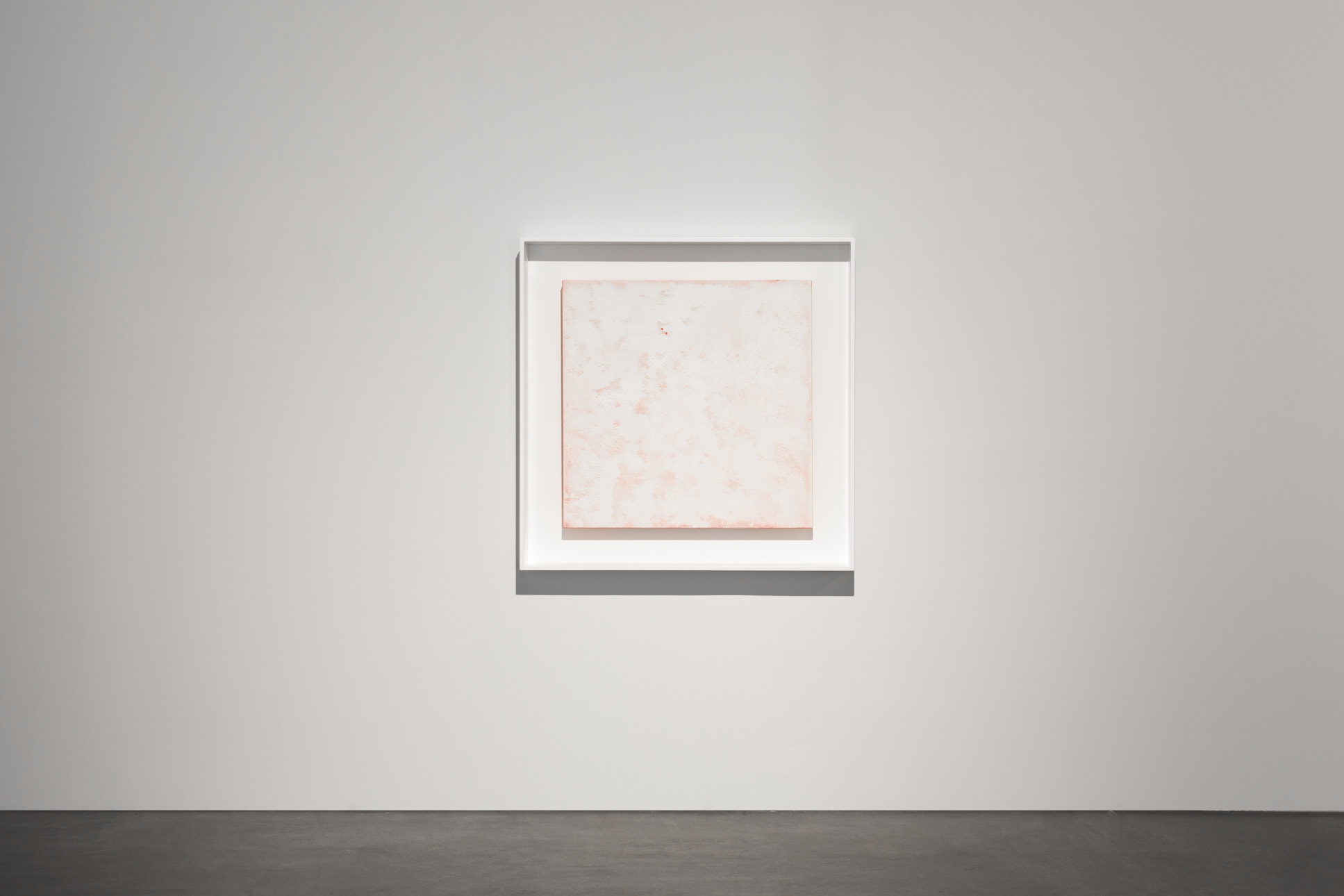


Red Rain IV
2019
90 x 90 x 4 cm
Pigment, salt, ink on canvas
Red Rain V
2019
42.5 x 90.1 x 7 cm
Red Pigment, salt, acrylic on canvas on the Red Metalwork
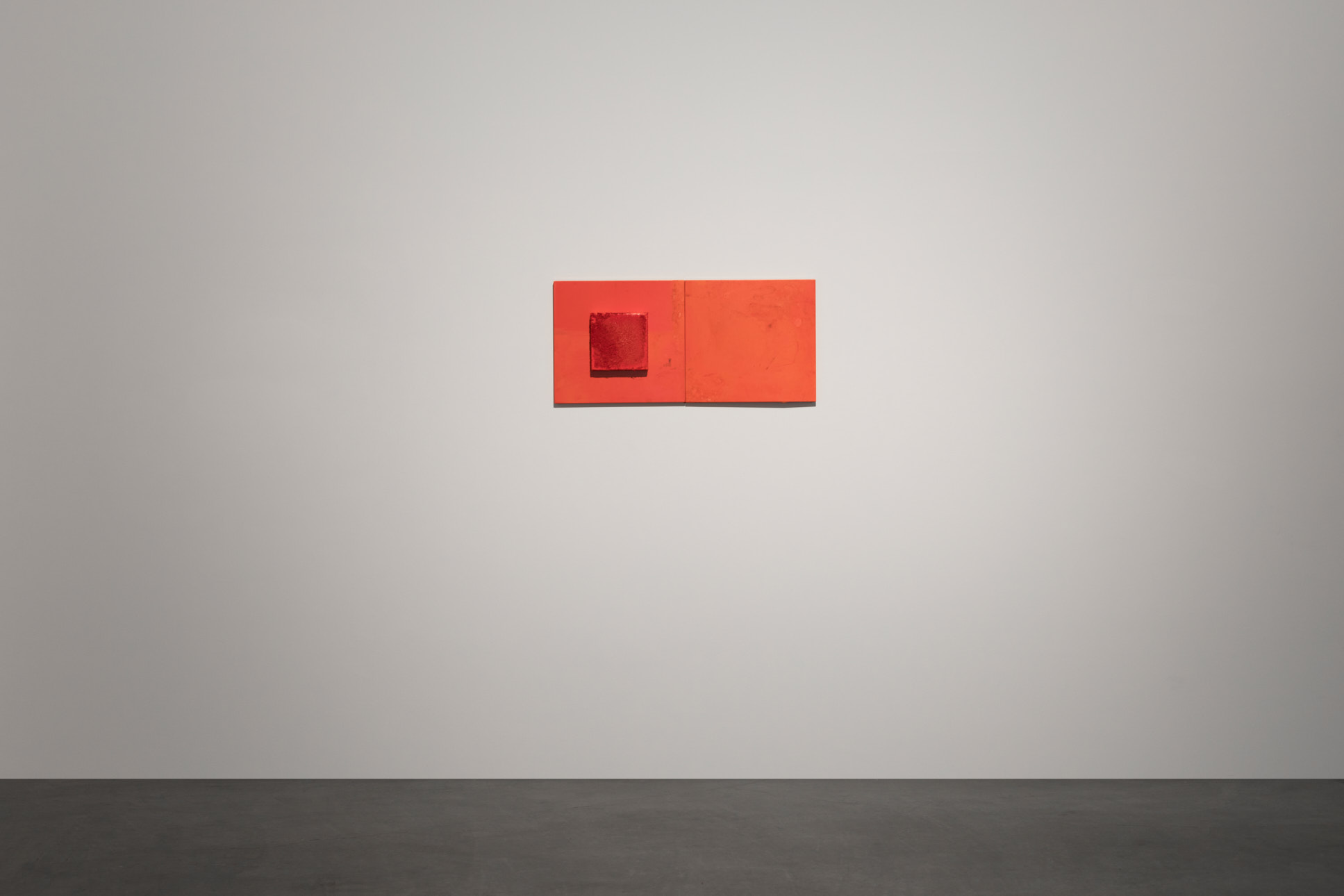



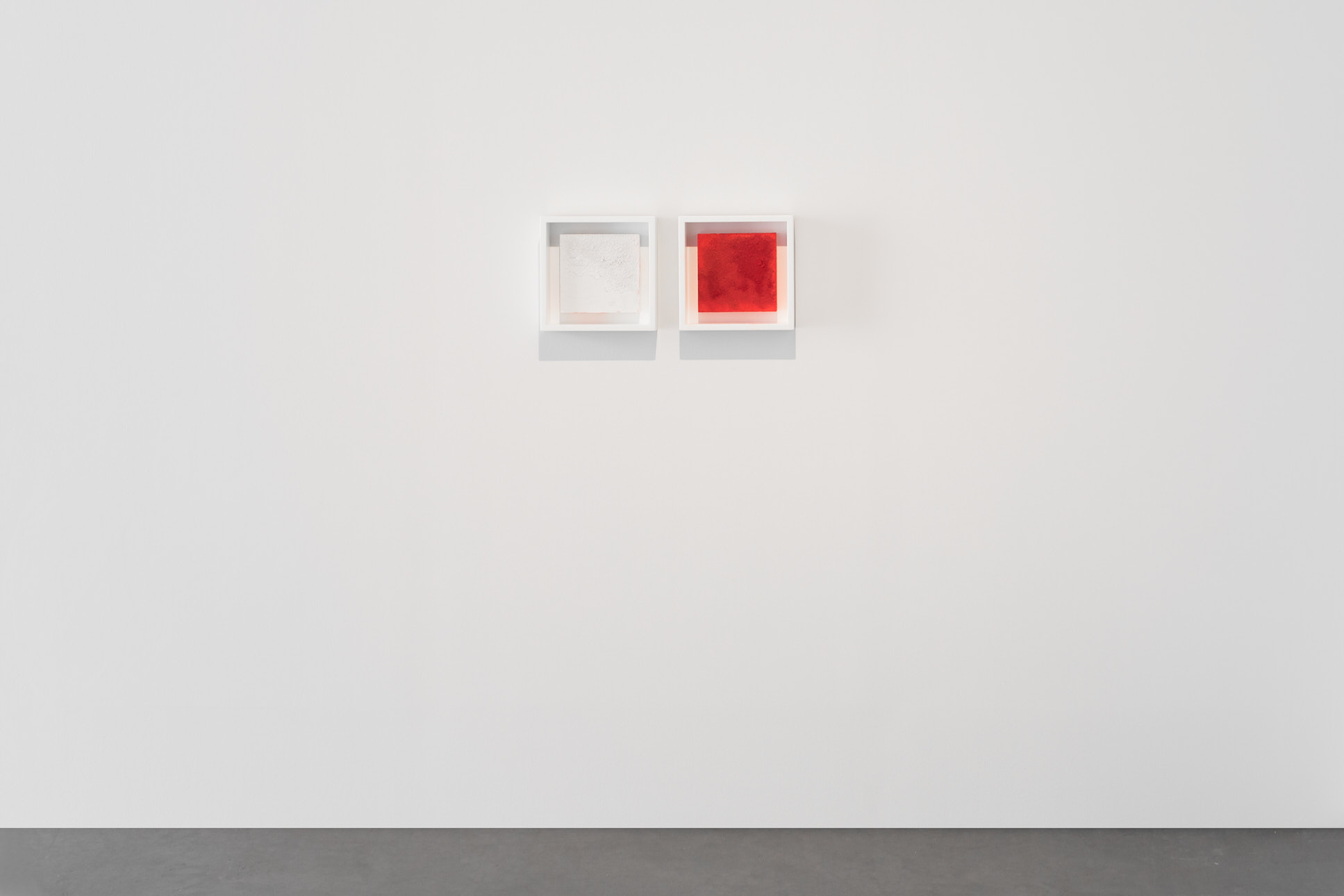
Red Rain
2019
20 x 20 x 4 cm
Pigment, salt, ink on canvas
Salt and Dust II
2019
20 x 20 x 4 cm
Pigment, salt, ink on canvas




Salt and Dust
2019
90 x 90 x 4 cm
Pigment, salt, ink on canvas
Vertical Erosion
2019
3 x 3x3x3 cm
1 x 35x12x12 cm
1 x 10x30x30 cm
Japanese ink on wood


Light IV
Michel Comte’s highly seductive and visually compelling art encompasses diverse media and powerful thematics. In his previous solo exhibitions, the Swiss artist presented elaborately staged ice and stone sculptures, 3D mappings projected onto an entire museum wall, minimalist ceramic sculptures evoking traditional Chinese craft, and sublime photographic works depicting alpine mountain views. Such rapturous imagery is, for Comte, more than an aesthetic statement: it is a call to action. The artist regards his works as an indictment of the wanton destruction of the environment. Comte has been a passionate mountain climber most of his life, and has spent decades developing works that address and document the climate emergency. Comte’s background as a photographer working for blue chip advertising firms provides an armature for his visual vocabulary; such high-end aesthetics are Comte’s preferred tool for expressing the urgency and intensity of his environmental mission.
In Light IV at Dirimart gallery, Istanbul, Michel Comte presents a new body of work that conti- nues his ongoing engagement with the concept of the Anthropocene, the name given to the present geological epoch in which the effects of human life on Earth have become the primary driver of the planet’s accelerating ecological and geological change. Glacier Terminus, the centrepiece of the exhibition, was inspired by views of 14 July glacier in northwestern Spitsbergen, Norway, which the artist has visited several times. The piece consists of 21 iron panels covering a 25 metre wide and (roughly) 2.5 metres high gallery wall. Treated with more than 60 layers of dripping ink and acrylic paint, salt dust, and oxidising carbon, the installation resembles the glacier’s receding front.
Another key piece in the exhibition is Erosion, an installation made of eleven nearly four metre-long rectilinear black wooden slabs that reference the broken carcasses of dead, fallen trees. Such a tableau is not only common for regions marked by glacial recession and erosion; for Comte, the installation addresses the current global phenomenon of forests dying both from environmental changes but also commercial exploitation and structural neglect. The “lungs of the earth” are in danger from many threats including unsustainable forestry, storms and fires, parasites, the rapidly-changing ecosystem, as well as largescale clearings of woodlands for agriculture.
Comte’s Glacier Rifts and Black Rifts deal with the paradox of a seemingly indestructible end- uring glacier which is, in fact, an incredibly delicate and highly vulnerable object. The two series comprise fifteen assemblages, each roughly one-by-one metre in size. They are made of tracing paper reliefs mounted on canvases. The crumpled transparent paper structures are coated with white acrylics (Glacier Rifts) or black ink (Black Rifts) as well as salt. The works thus resemble the solid surfaces of rocks. The treatment of the paper with opaque paint or ink conceals its fragile materiality making it falsely appear “rock-solid.” In Red Rain – three artworks of similar format to the Rifts series – Comte reflects the phenomenon of algae living on the surfaces of glaciers, emitting red pigment and accelerating climate change dramatically. The algae reduce the glaciers’ ability to reflect sunlight, which creates a vicious circle as the additional meltwater increases the growth of more microbes. These non-figurative pieces are made with red pigment, salt, and ink on canvas.
With Light IV, Michel Comte presents the next chapter of his climate change-based art project in a new body of work. This phase sees Comte embracing abstraction and seriality. Beyond their impeccable appearance, Comte regards his works as “gentle reminders of reality”. His talismanic creations may be gentle, but they never fail to express the artist’s ultimate intention: to raise awareness of climate change and of the impact each of our actions have on the environ- ment and the biosphere it supports.
Text by Clemens Jahn, edited by William Kherbek
Michel Comte: Light IV
Dirimart gallery,
Hacıahmet Mahallesi. Irmak Cad. 1-9, Dolapdere, 34440, İstanbul
21 November - 21 December 2019
Preview: 21 November 2019, 18.00-20.00
For his first gallery exhibition in Turkey, Istanbul’s Dirimart presents a new body of large-scale installations, expanding upon Michel Comte’s exploration of the impact of environmental decline on our glacial landscapes and oceans and the need for collective action.
Michel Comte: “At a moment when Switzerland has just bid farewell to the Pizol glacier - and when it is estimated that 90% of the entire glacier volume in the European Alps may be lost by 2100, my work here shows us the effects of global warming and emphasises how much we all need to respond to this.”
A monumental, 20 metre long and nearly three metre high oxidised steel wall, painted with over 60 layers of black ink and salt dust will dominate the main gallery space. Entitled Glacier Terminus, the work references the end point of a glacier at any given time and also serves as a reminder that glaciers are always either advancing or receding, in a process of endless motion. The mass of Glacier Terminus reflects the physical and emotional impact of an actual glacier in Spitsbergen that Comte has visited on several occasions., while the dripping, caking and ruptures of slight white and blue on the surface are reminiscent of the magnificence of such a glacier seen from close up, while the black and rust ultimately return us to the irreversible traces of mankind’s effect upon nature.
Comte associates his use of pure black pigment with the dust (cryoconite) that has settled on so many of the world’s melting glaciers, blown in by strong winds and accelerating the ice’s melting process; it can also be interpreted as a metaphor for the decay currently happening in many of the icy areas of the world.
Black Erosion - a wooden sculpture painted with black ink and carbon and consisting of a pile of eleven totemic wooden slabs of up to nearly 4 metres in length - will fill an adjacent room. This piece is based upon the phenomena of tree carcasses which have fallen due to glacial erosion and been left to corrode and slowly disintegrate into each other. These fallen bodies are frequently washed up and can be seen in the lakes and valleys of glacial landscapes.
For the first time, Comte will exhibit a series of thirteen eponymous paintings depicting glacier rifts. Executed in japanese ink on transparent paper, these black or white paintings resemble in detail a glacial wall but in fact reveal the large cracks that appear in the surface of a glacier before the very dangerous point at which large sections break off and fall into the sea.
Supporting these major works will be three pigment paintings in red and white. Whilst the white refers to the melted glacier, Comte has also spoken about how the red pigment in these works is an indication of the polluted and highly toxic red rain that falls in many places of the world, the water having turned red from chemicals, which have leached into it.
To obtain images, arrange interviews and for other press requests please contact:
Camille Regli at Pickles PR
camille@picklespr.com


